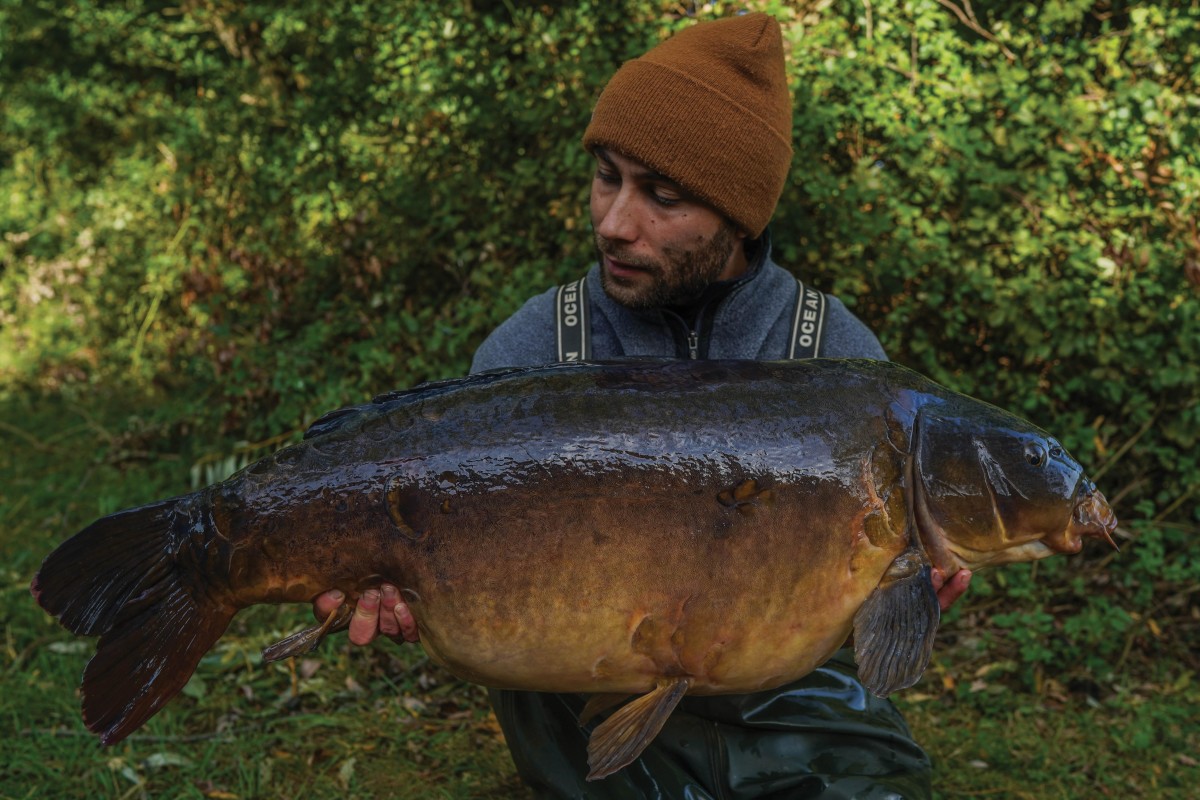
The Multi Hinge
Alex Grice doesn’t see the need to use a vast array of rigs. Here he explains why he’s such a fan of just one of the few he prefers…
When it comes to rigs, I for one, am by no means a ‘riggy’ person. By this, I don’t mean that I don’t take much care over my rigs, as I most certainly do. What I am referring to, is the fact I have very little in my rig armoury. I like to keep things as simple as possible, and in fact, use just three: a simple D Rig for balanced bottom baits, the Multi Hinge for my pop- ups, and when the time is right, a Zig. That’s it! Keeping things very simple allows me to focus solely on my angling, getting on the fish and presenting baits effectively.
The Advantages
For this insight, I am going to look specifically at the Multi Hinge Rig, a pop-up presentation that I have been using for around six years now, and one which I progressed to having previously used the standard, single-filament Hinge for a good number of years.
To begin with, how is the Multi Hinge more beneficial compared to the standard one? Well, it is for a number of reasons really, but the main advantage of using the presentation is that a hook can be changed in minutes. A great deal of my angling is based around short sessions - generally overnighters - and as a result, I need to spend what little time I have pinpointing the fishes’ location before then getting my rigs in place as quickly as possible, with as little disturbance as I can get away with.
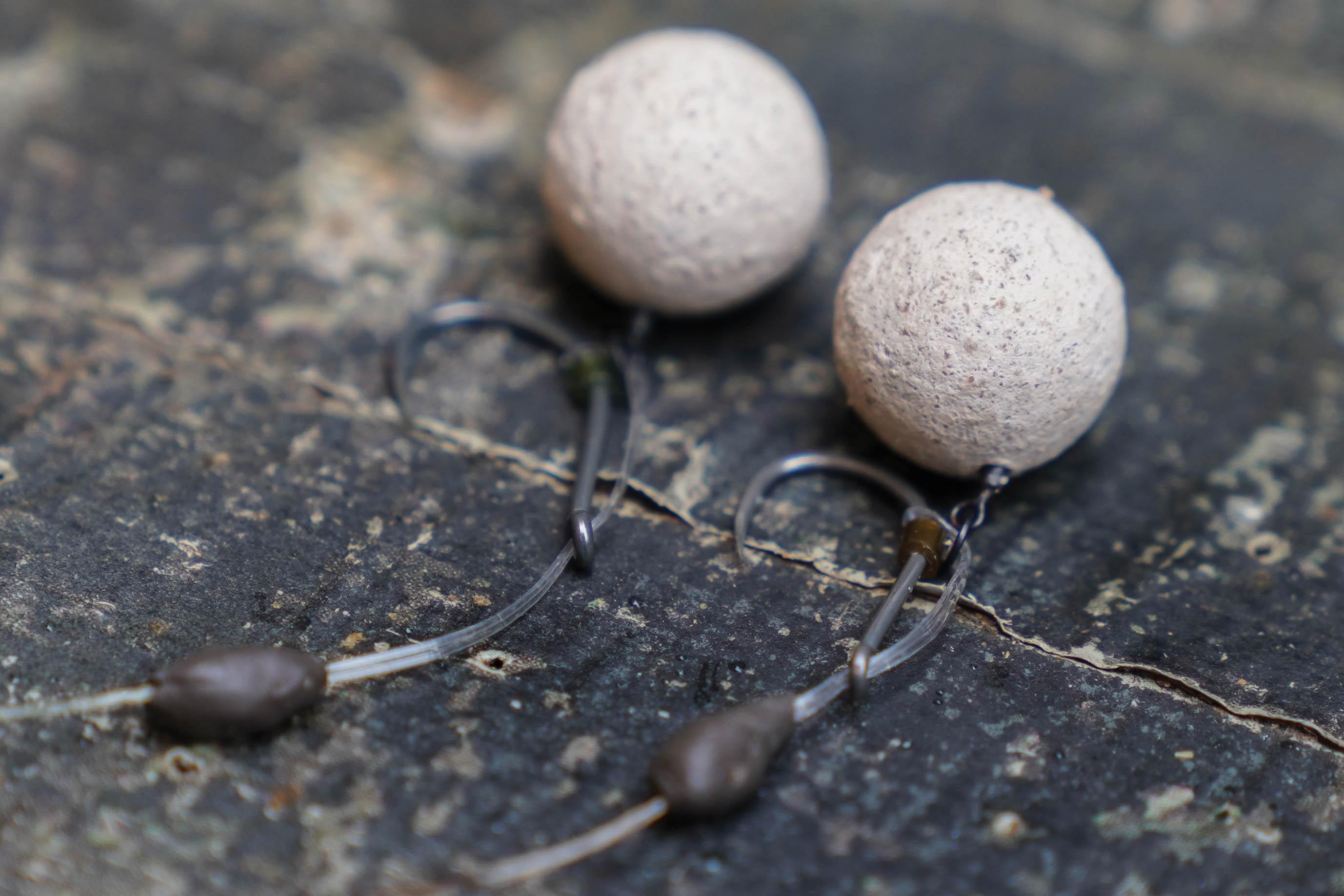
The Multi Hinge allows me to change my hooks very quickly. I have been using the Grip Riggers for a couple of seasons now, and having switched to using beaked points a few years ago, I haven’t looked back. For me personally, the hooked-to-landing ratio is probably around 90 per cent, and my confidence in the hooks is second-to-none! I do a lot of prep work at home before my trips, and one of the things I like to do is sharpen my hooks. I usually sharpen and store a good number in my tackle pouch, in sizes 4 and 5. This gives me options, depending on the weed and what I’m fishing over. I generally like to fish with 5s come the spring, and change over to 4s when the weed becomes a lot worse during the height of summer. Using the Multi Hinge allows me to change hooks both quickly and easily. Simply by taking the Bristle Filament loop back over the hook and pulling it out through the eye, I can change hook size and switch quickly to a freshly sharpened hook without the need to tie on a fresh rig.
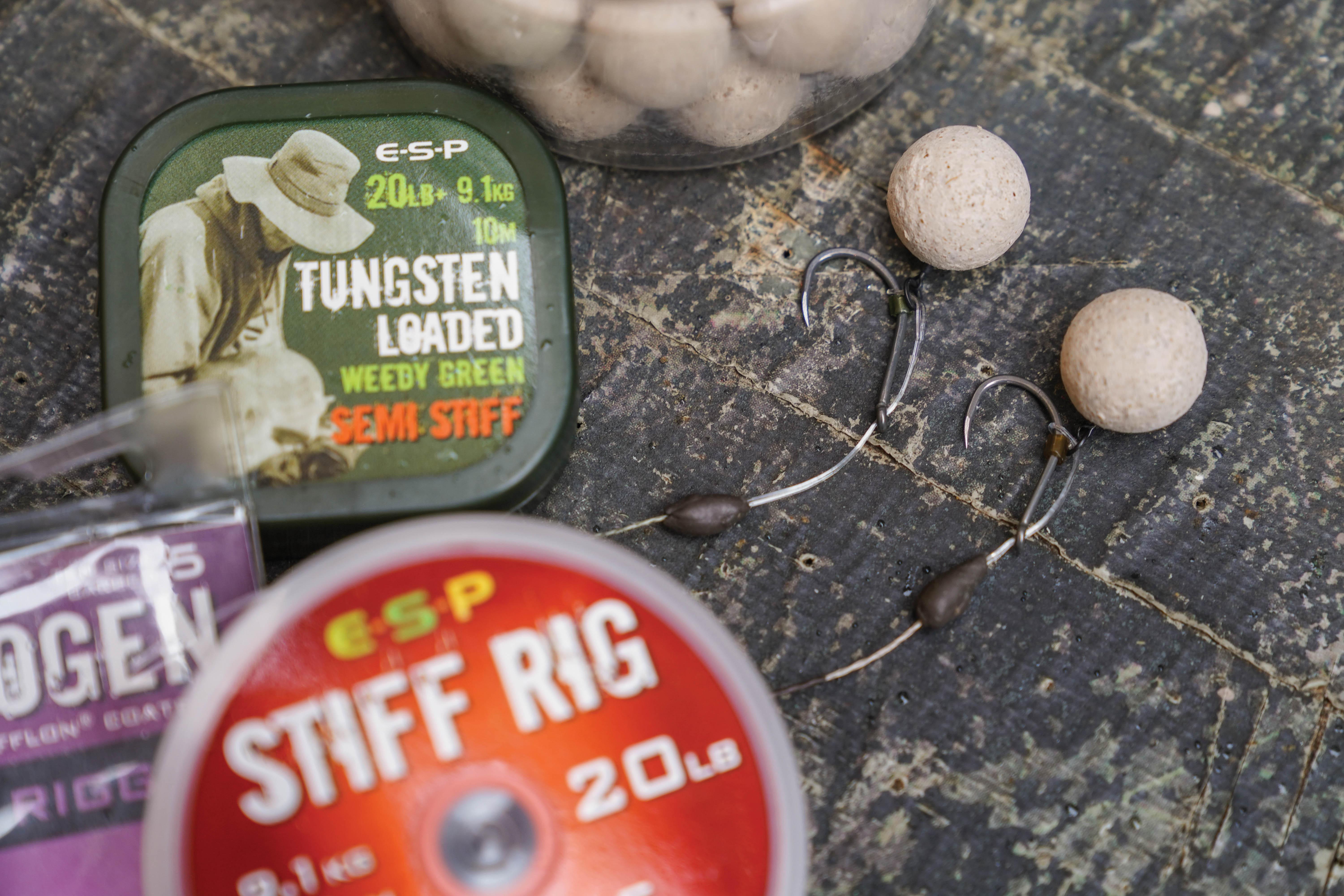
Another note regarding prep work: I favour having a few different lengths of rig tied, as this allows me to fish over a number of types of lakebed. With the resilience of Tungsten Loaded, I can rest assured that a boom section will last me a good while before I need to change. As I use braided main line for 90 per cent of my fishing, I rely heavily on my fishing rods to determine what I’m fishing over, be it low-lying silkweed, soft silt or firmer clay. When turning up at the lake, I can quickly determine the depth and lakebed make-up, simply by having a few casts around with my fishing rods.
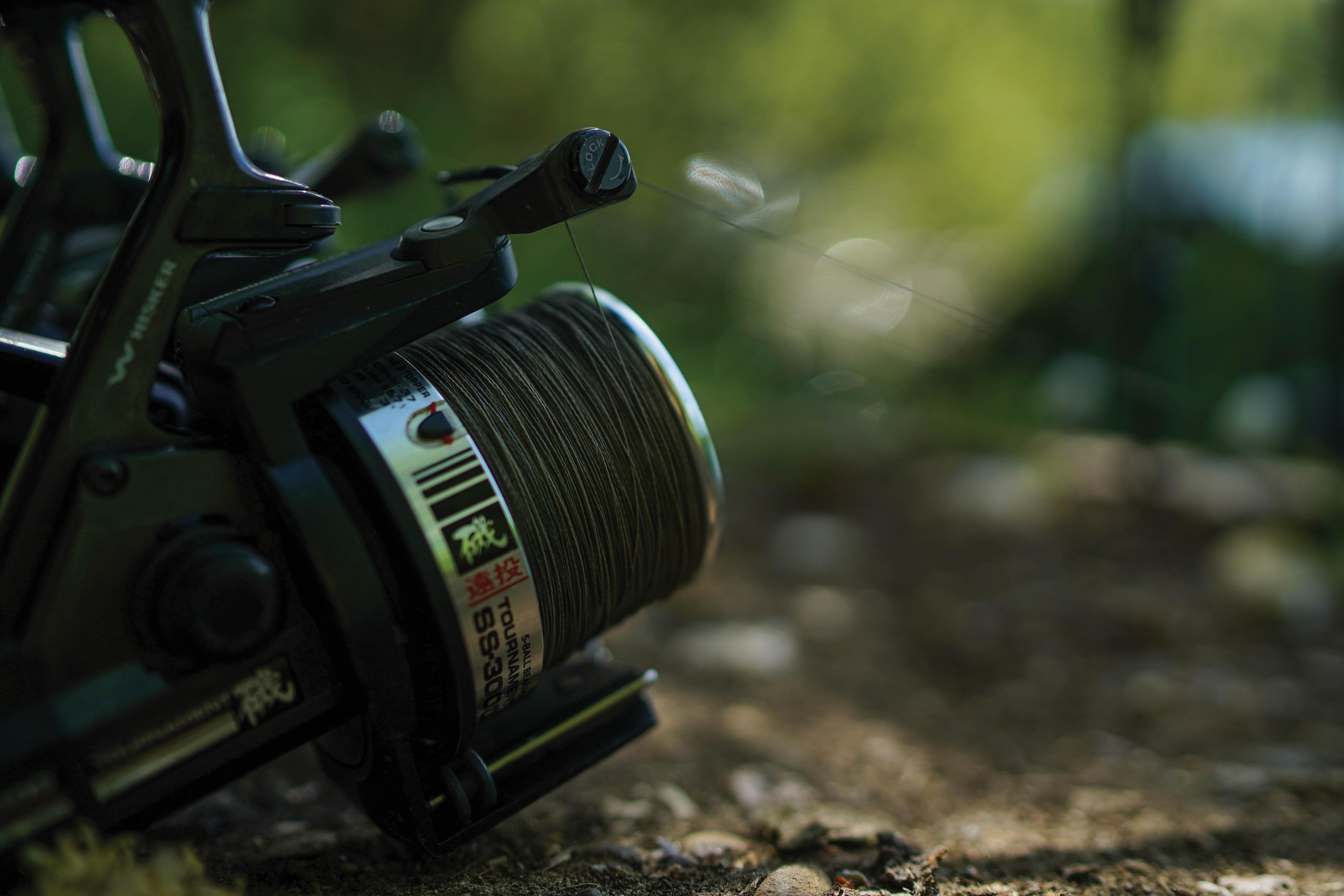
Once I have determined the nature of the lakebed, I simply adjust the bead on the helicopter set-up I use and vary the length and stiffness of the hooklink on the day. The rigs I have tied up will vary in length from between 6- to 10-inches, with either the Semi Stiff or X-Stiff Loaded covering a number of situations.
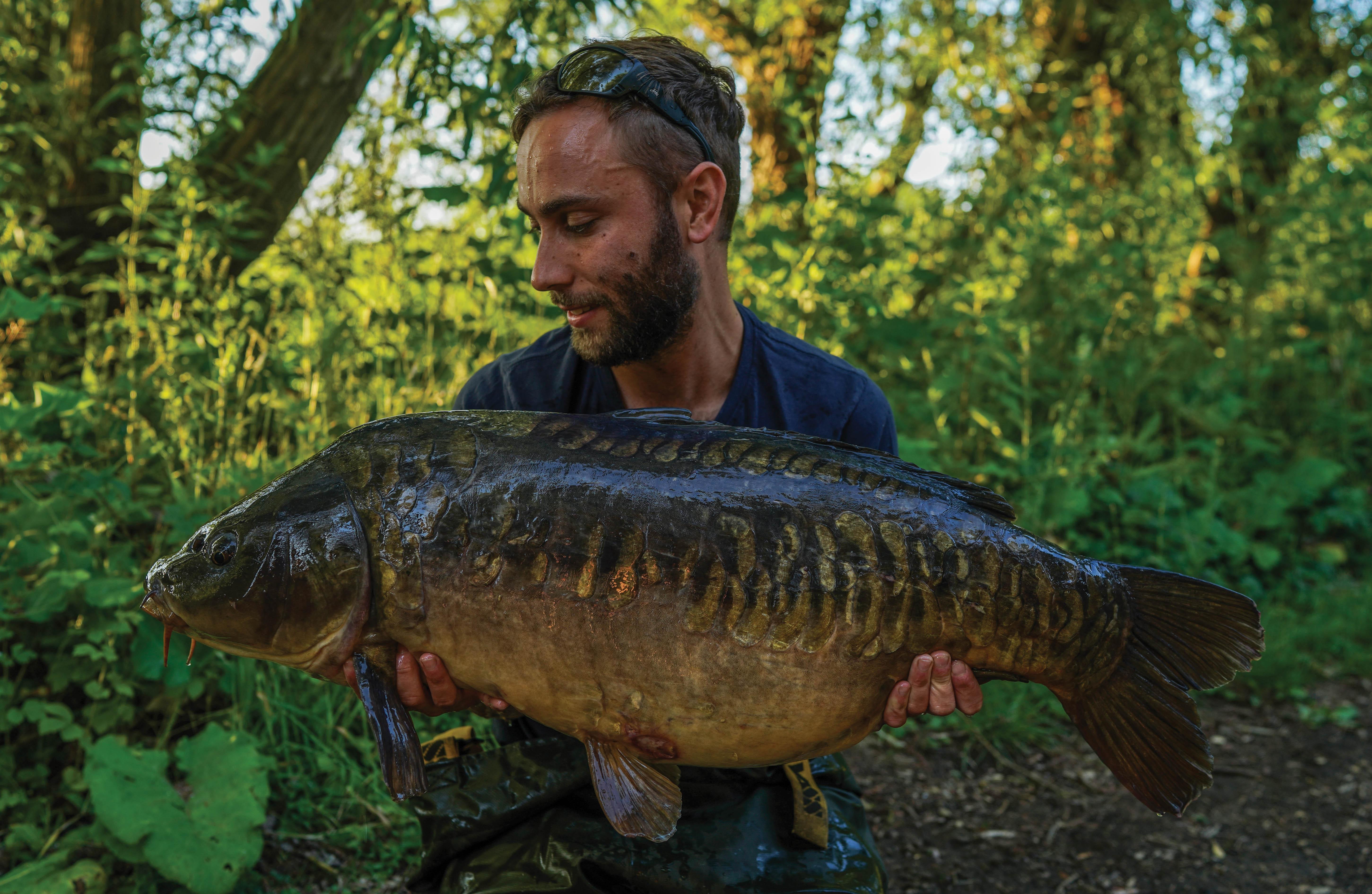
The Right Height
Another factor I take into consideration with my rigs is the height at which the pop- up sits on the stiffer section of the rig. I usually have two lengths tied up on my Hinge Rigs. I have a very low-lying set-up where the pop-up settles close to the deck, and I prefer this presentation for fishing over a fairly tightly baited area - more for spot-type fishing, where I’m baiting with a Spomb and maybe introducing chops or smaller bait items. These low-lying rigs can be a little fiddly to tie, but when you have a few prepared, you can gauge the exact length of the Bristle Filament loop on the end, before creating the fold in the same place each time where the Albright Knot is tied to attach the stiff filament section to the Tungsten Loaded boom. I use these low-lying rigs for probably 75 per cent of my angling, and certainly after the spring period when the carp have been pressured on higher Chod Rigs or Hinges with bright baits.
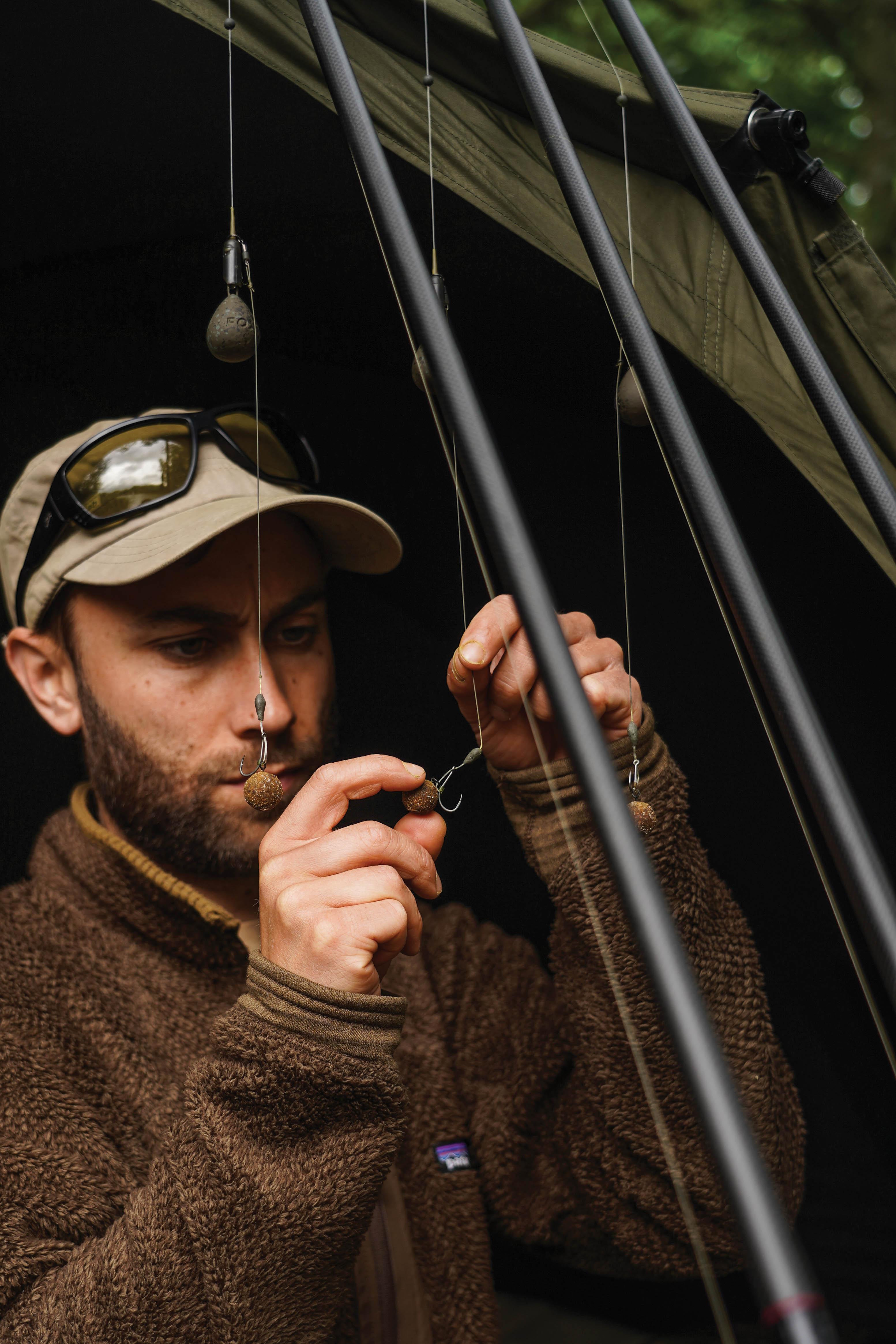
The alternative height I use is around 2-inches off the lakebed. I use this set-up mainly for single-hookbait fishing in the early spring, or when I am spreading my baits using either a catapult or throwing stick. In this type of situation, I am looking to encourage the fish to graze over a wider area, moving between baits and picking up my chosen Odyssey XXX boilies at a distance between each other. This is a tactic I love using in the early part of the year. After baiting very lightly over an area in an effort to get the fish grazing, the slightly longer Hinge section works perfectly when the carp are uprighting and swimming between each individual bait. Having two different heights of rig tied up allows me to change quickly when I feel that it’s necessary to do so. I store these straight, but like to put a very slight curve into the stiffer filament before I cast out.
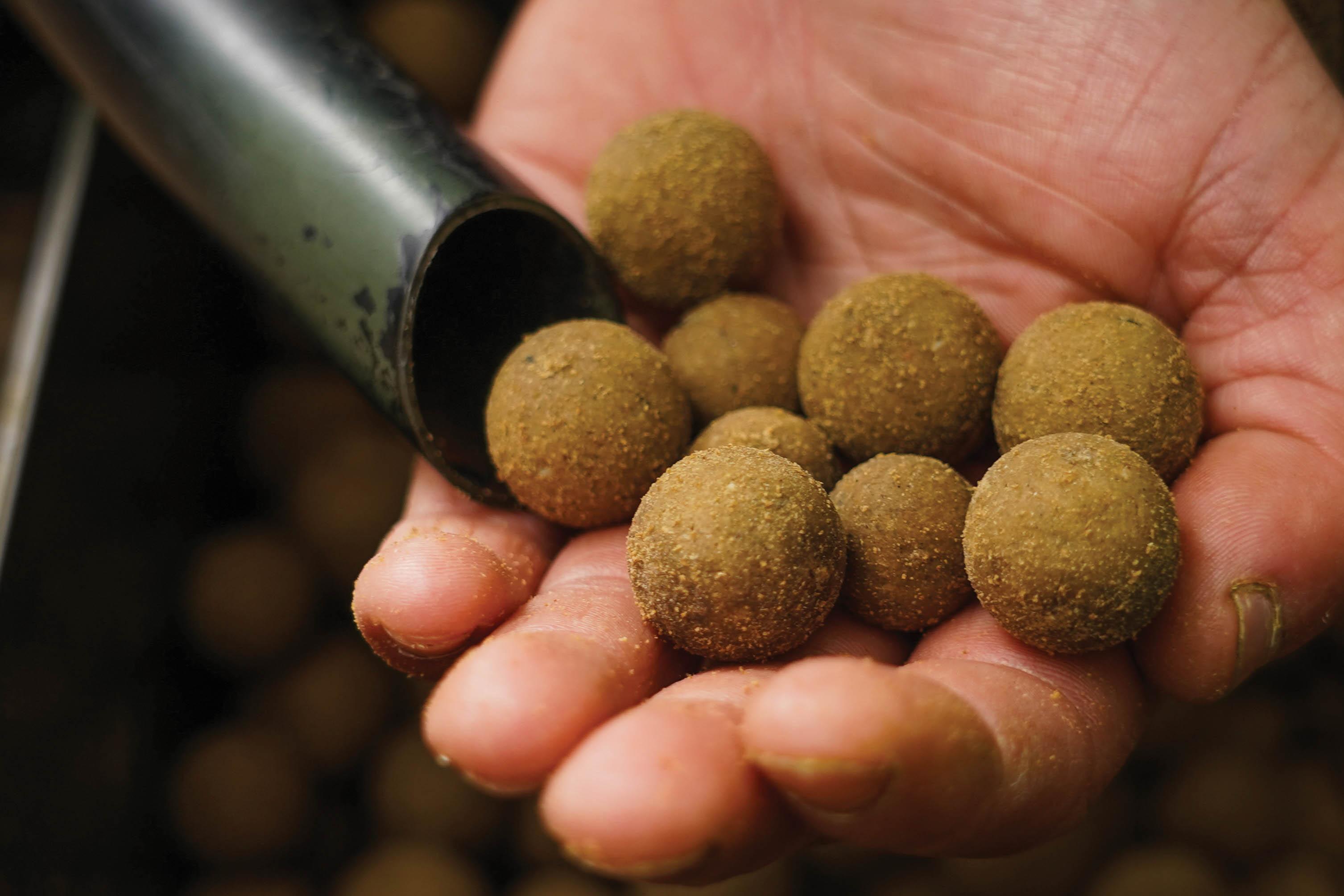
Lead Arrangement
By using this rig in conjunction with a helicopter set-up, I remain confident when present over most lakebeds, including low-lying weed or softer silt, simply by adjusting the top bead and balancing out the rig so it kicks away nicely on impact with the water. The balance of the bait is key for me. I want it kicking away and settling out straight on top of any debris it might fall over, and the Tungsten Loaded certainly aids this presentation. Like the Multi Rig, when tightened, this Multi Hinge allows the loop where the hookbait sits, to slide down out of the way to the eye of the hook, and in my opinion, this helps to produce good hook-holds.
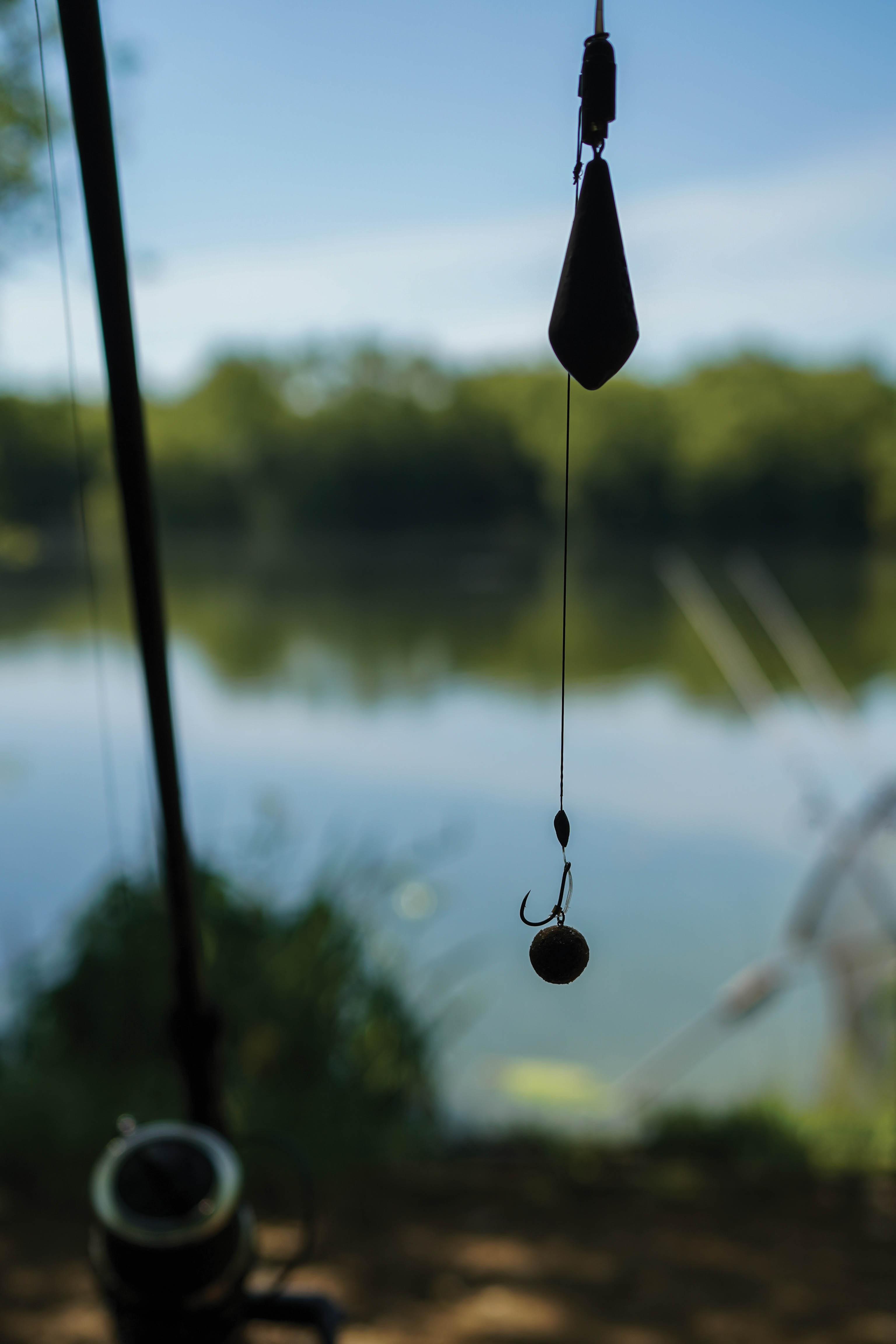
Tick The Right Boxe
Confidence is key when it comes to rigs, and many anglers I speak to often get very confused, given the many different presentations which, in theory, all do the same thing. A rig for me, has to tick a few boxes to be effective. Firstly, it is a tool used to present a hookbait in a given situation, so it has to be adaptable in order to achieve this aim. Secondly, it has to be quick and easy to employ, especially for me, as I regularly change hooks to maintain their sharpness. The Multi Hinge undoubtedly offers these capabilities and I’m certain that it will remain in my armoury for many years to come.
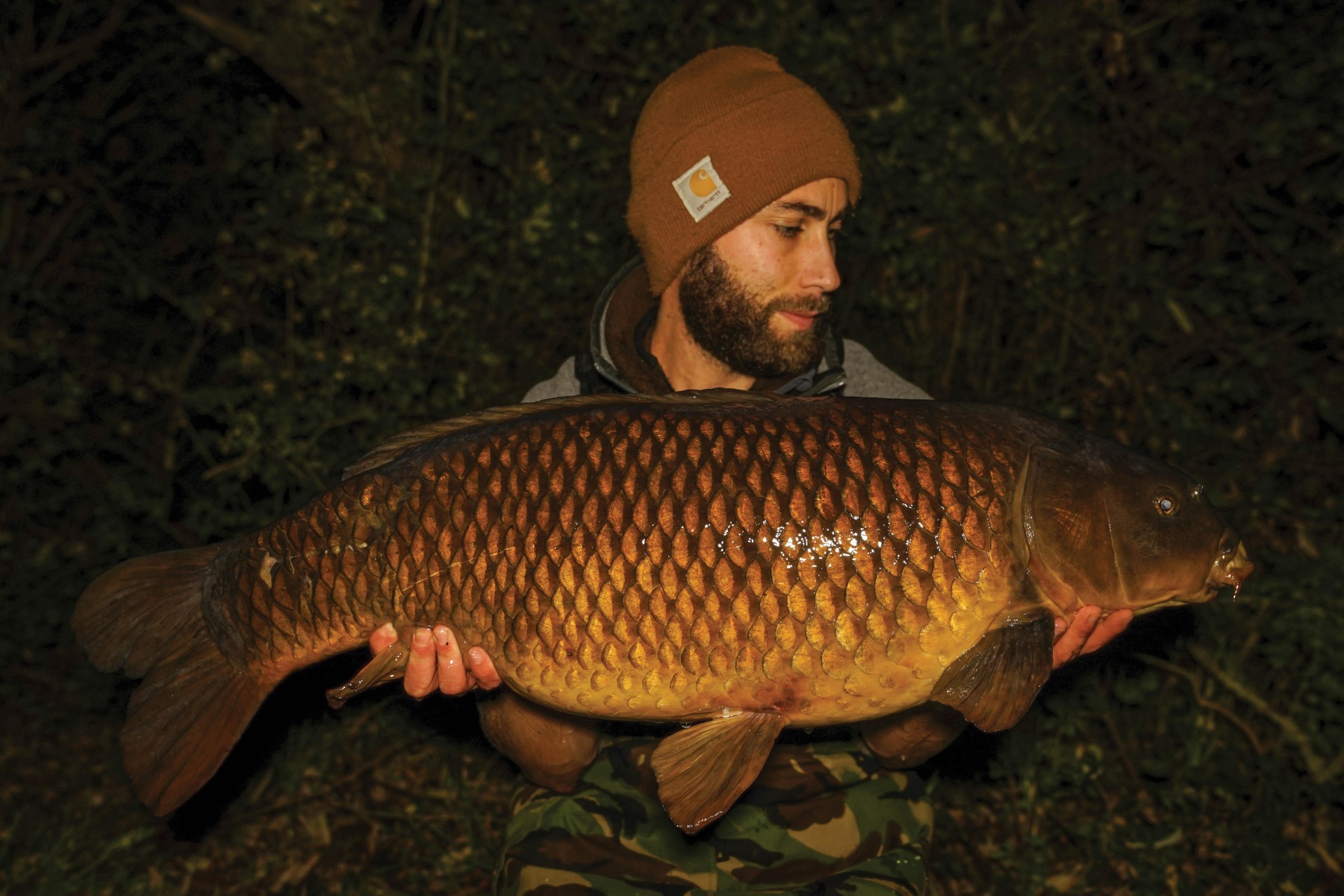
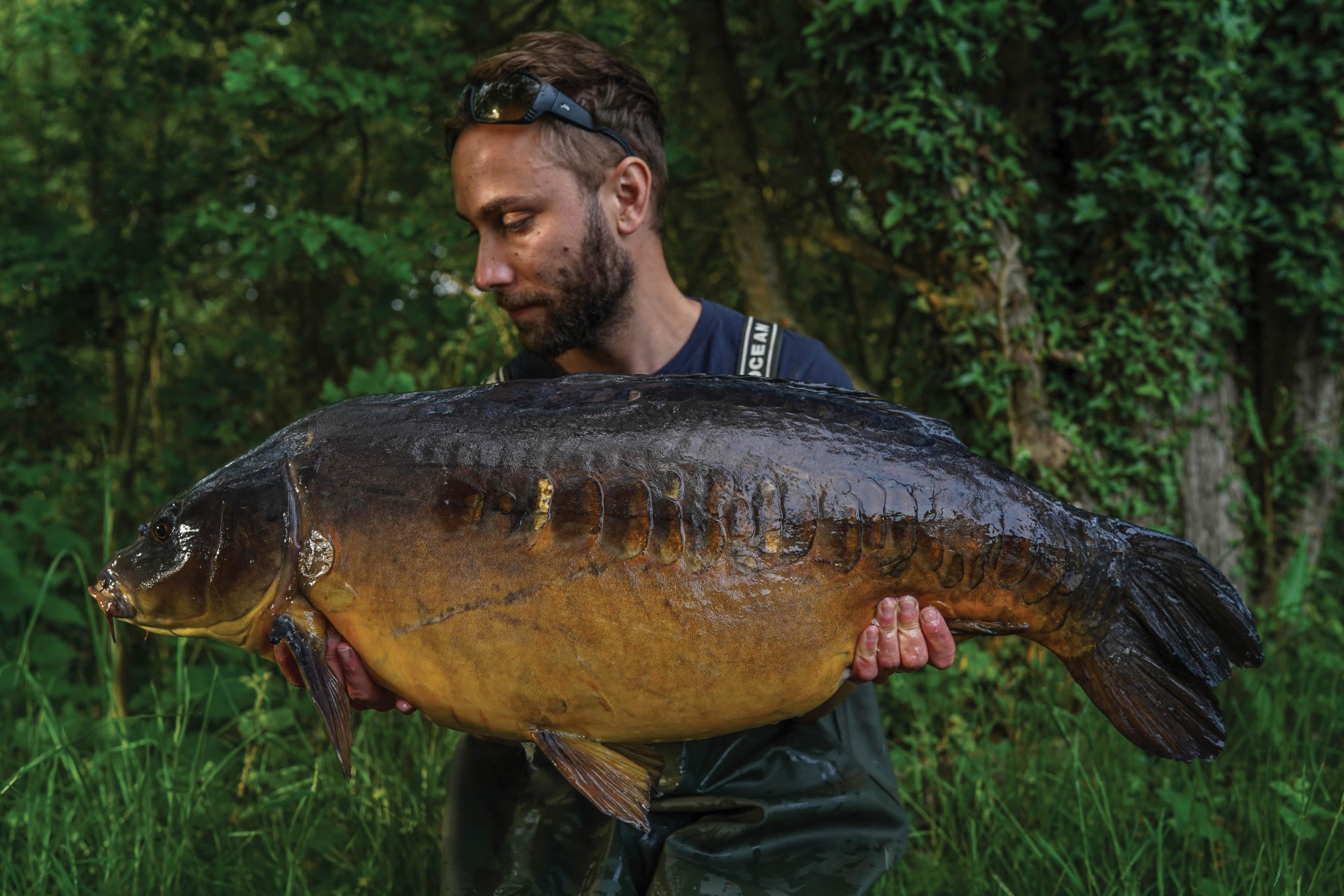
The new OlogyFix Vol.2: The Pros Rigs and Bait Mixes is on-sale NOW! 𝗕𝘂𝘆 𝗛𝗲𝗿𝗲 ➡️https://bit.ly/3gW2on5



